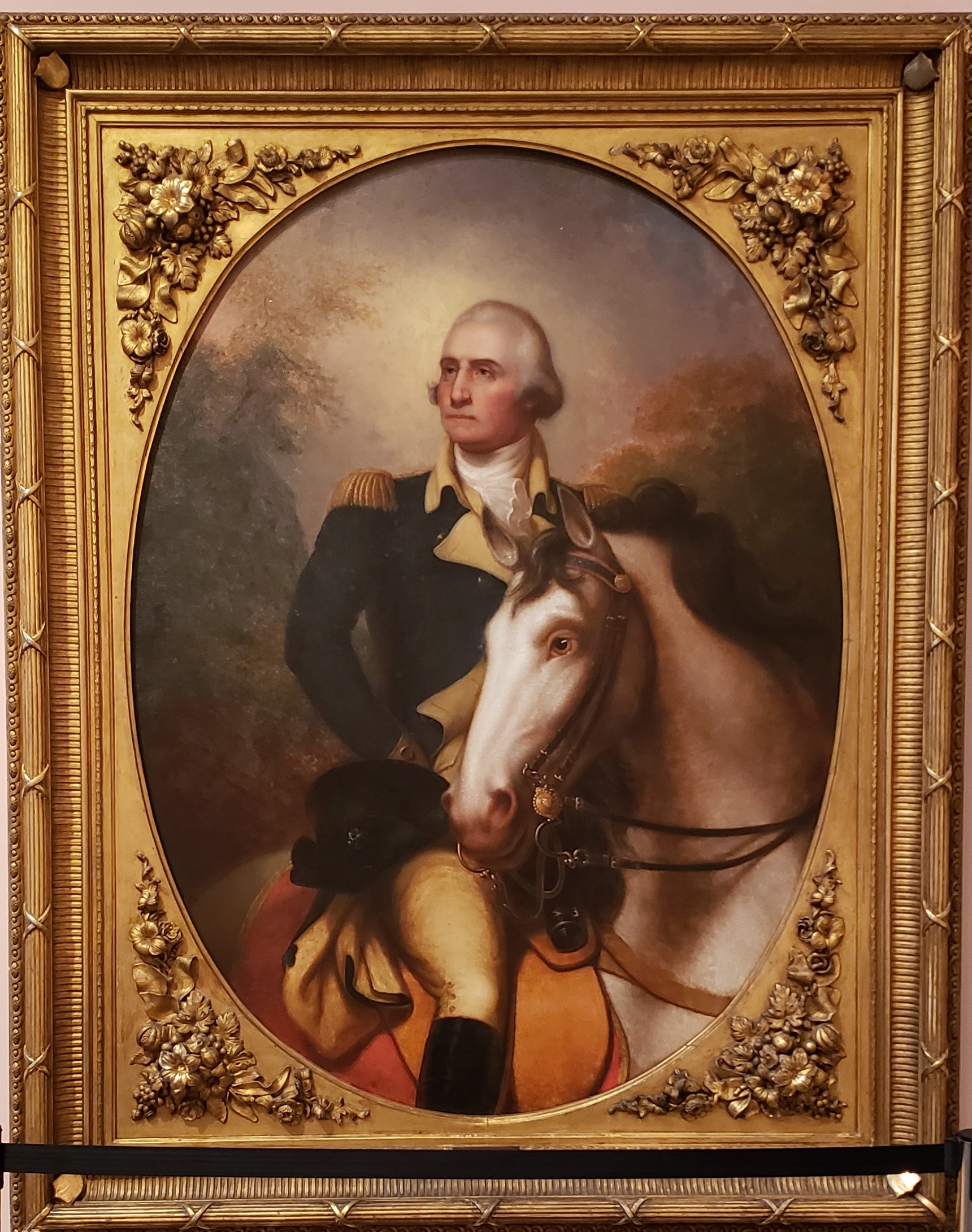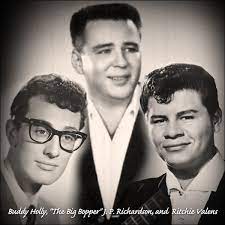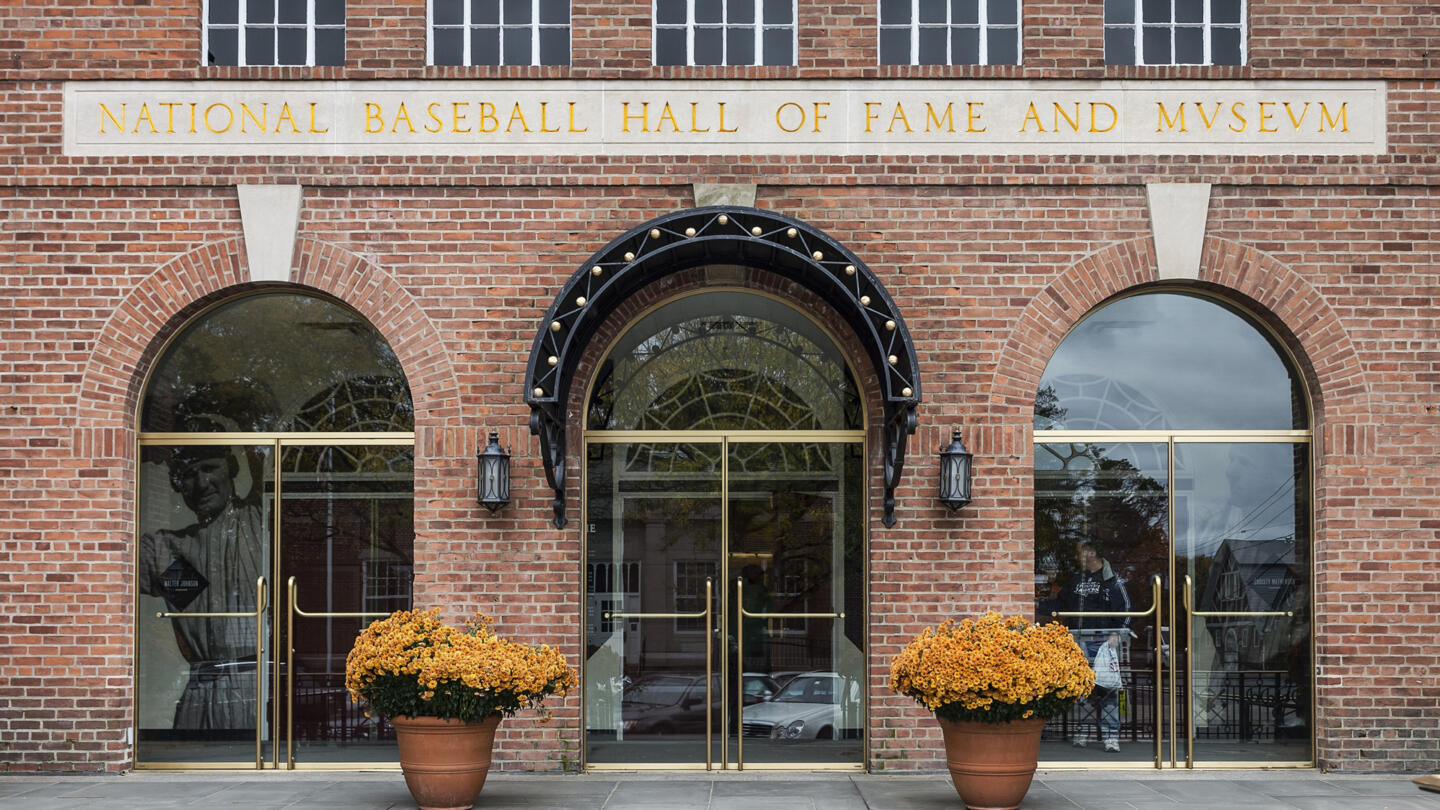
As no presidential candidate received a majority of electoral votes in the election of 1824, the U.S. House of Representatives votes to elect John Quincy Adams, who won fewer votes than Andrew Jackson in the popular election, as president of the United States. Adams was the son of John Adams, the second president of the United States.
In the 1824 election, 131 electoral votes, just over half of the 261 total, were necessary to elect a candidate president. Although it had no bearing on the outcome of the election, popular votes were counted for the first time in this election. On December 1, 1824, the results were announced. Andrew Jackson of Tennessee won 99 electoral and 153,544 popular votes; John Quincy Adams of Massachusetts received 84 electoral and 108,740 popular votes; Secretary of State William H. Crawford, who had suffered a stroke before the election, received 41 electoral votes; and Representative Henry Clay of Kentucky won 37 electoral votes.
Continue reading “THIS DAY IN HISTORY – Presidential election decided in the House – 1825”








